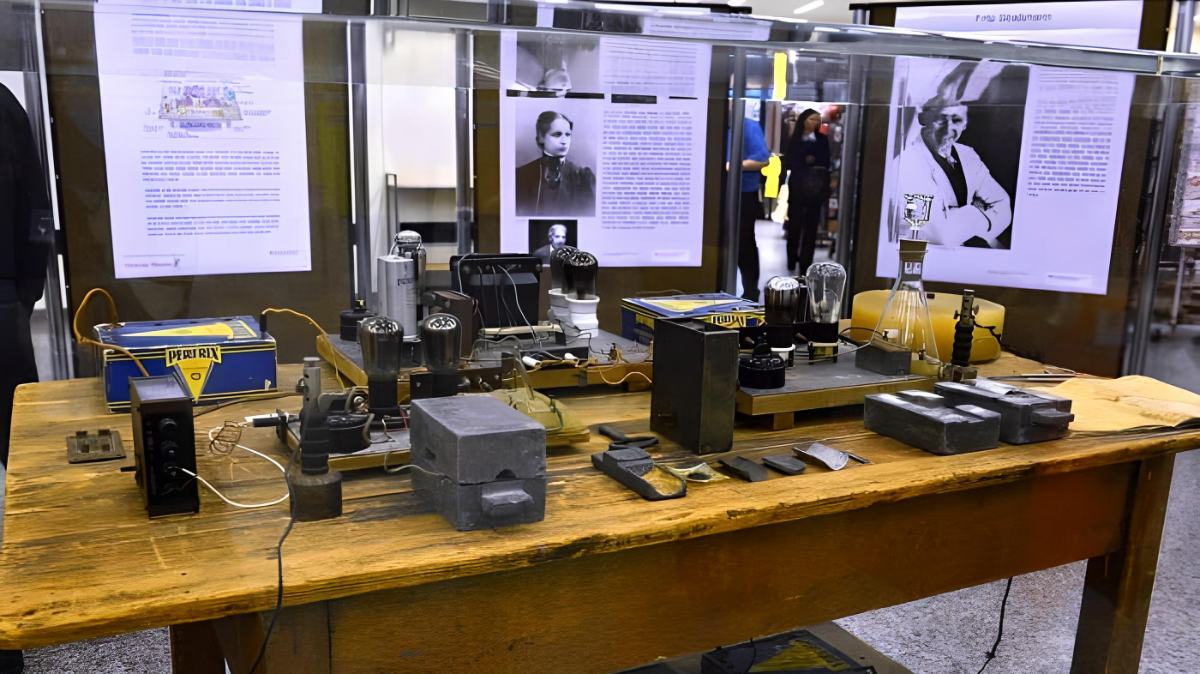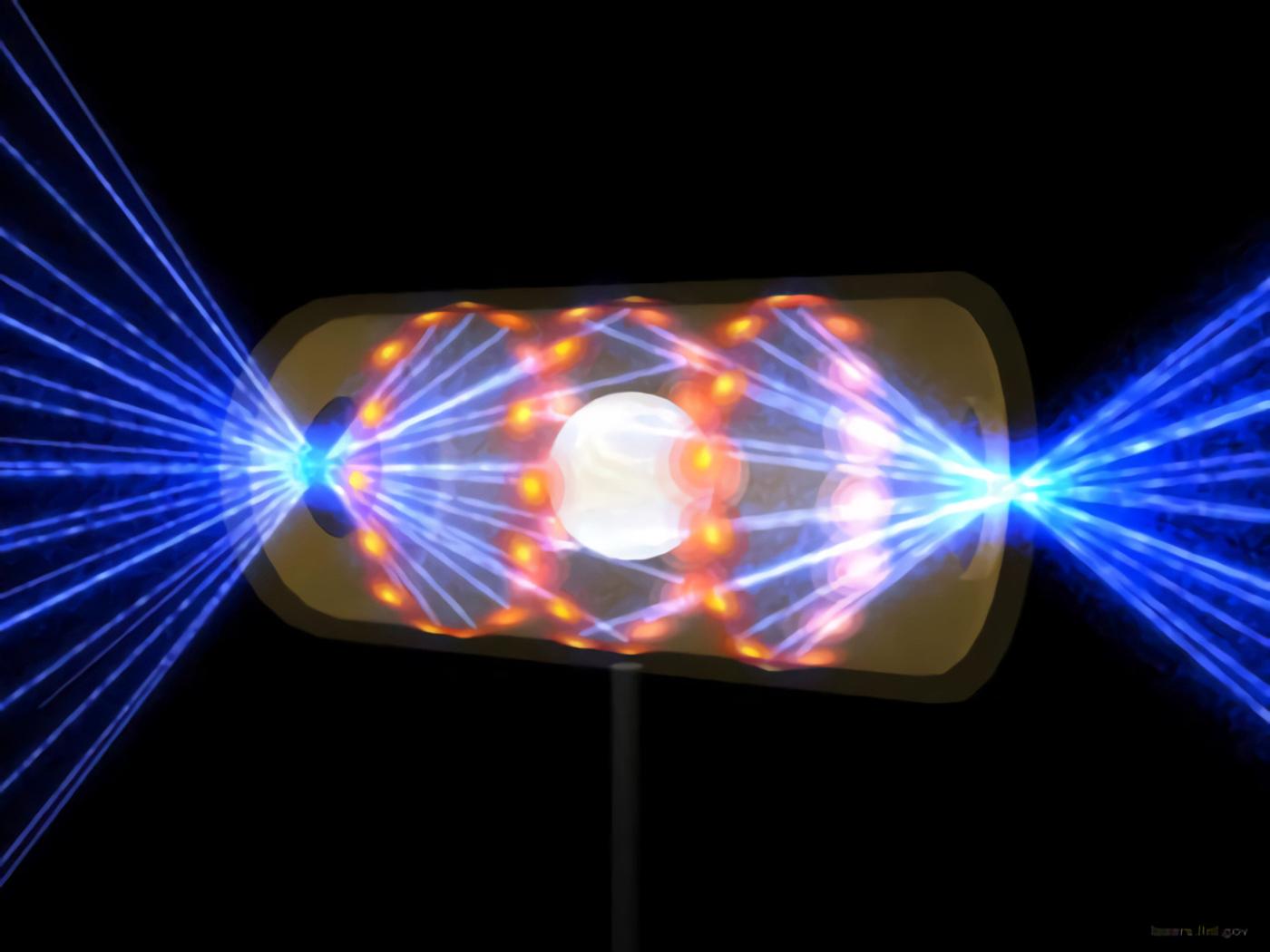Light is an essential component of our daily lives, whether it comes from a lamp, a screen, or a luminous signal such as that found at a traffic light. Light is essential for any activity that requires seeing, working, or communicating. On the other hand, light is an extremely effective tool in its own right. Milling, drilling, and even cutting through solid metal plates are all possible with light. Without the assistance of this tool, the metalworking industry and the automotive sector would be in a thorny position right now. But how does the process of cutting with light work? And what kind of light do you need for it?
Nearly simultaneous oscillation
For light to be able to travel and cut through certain mediums, it must possess certain characteristics. In terms of precision and intensity, it needs to be comparable to a laser. In addition, however, its light waves should oscillate virtually in unison.
The light that is produced by a standard light bulb is analogous to a chorus in which each member sings off-key to his or her own rhythm. Every kind of light, whether it comes from natural sources like the sun or artificial sources like a lamp, is really just a complicated mixture of waves with a wide range of frequencies.
This is demonstrated when a prism is used to separate white light into its component colors; each color corresponds to a different wavelength. Normal light, on the other hand, is so weak that it cannot be used as an effective tool because of the disruption in the waves.
Light waves in synchronization
However, when using a laser, all of the light waves move in sync with one another. Since lasers can only produce light at a single wavelength at a time, it gives the impression that they have a single, consistent color. By tightly bundling the oscillations of the laser light and then rectifying them, it is possible to concentrate an incredible amount of energy in such a limited space.
Now, in order to make an accurate cut with the laser beam, it is necessary to ensure that the material and the beam are compatible with one another. In theory, you should be able to cut the material if it is capable of absorbing the laser light.
Lasers are unable to cut through materials that reflect the beam back to its origin, as this would cause the beam to be rendered useless. Because they quickly absorb UV radiation, metals like aluminum, for example, make excellent candidates for cutting with a UV laser. Alternately, an infrared laser would not be effective because the metal would reflect it.
The laser light melts metal, turning it into a liquid
The question is how the laser cutting process works. To illustrate this, let’s pretend that we need to drill a hole in a piece of metal plate. You slowly begin advancing the laser along the line where you want to cut it. When a high-powered laser beam hits a piece of metal, the surface of the metal immediately becomes extremely hot to the touch and starts to melt.
In the event that nothing else took place, the molten metal would simply remain in that location and, at the very worst, it would begin to solidify again. In order to prevent this from happening, a method is used in which a gas jet is utilized to forcibly expel the molten components from the joint. Doing this reduces the likelihood of the cut edges sticking together.
However, there is a different method of laser cutting that does not involve melting the material but rather instantly vaporizing it by using ultrashort pulses from a very high-energy laser. This method can be used to cut metals, ceramics, and other materials. Due to their high level of accuracy, these lasers are ideally suited for the task of cutting intricate patterns or intricate shapes.
This is because there are no bulging cut edges, and the surrounding area also remains relatively cool. This enables a wide range of applications, including drilling holes and dents with a thickness of only a few micrometers (about the thickness of a human hair). These lasers are put to use, for instance, in the process of fabricating the injection nozzles used in automobiles. However, these ultrashort pulsed lasers also have applications in the medical field, particularly in the form of laser scalpels.
















